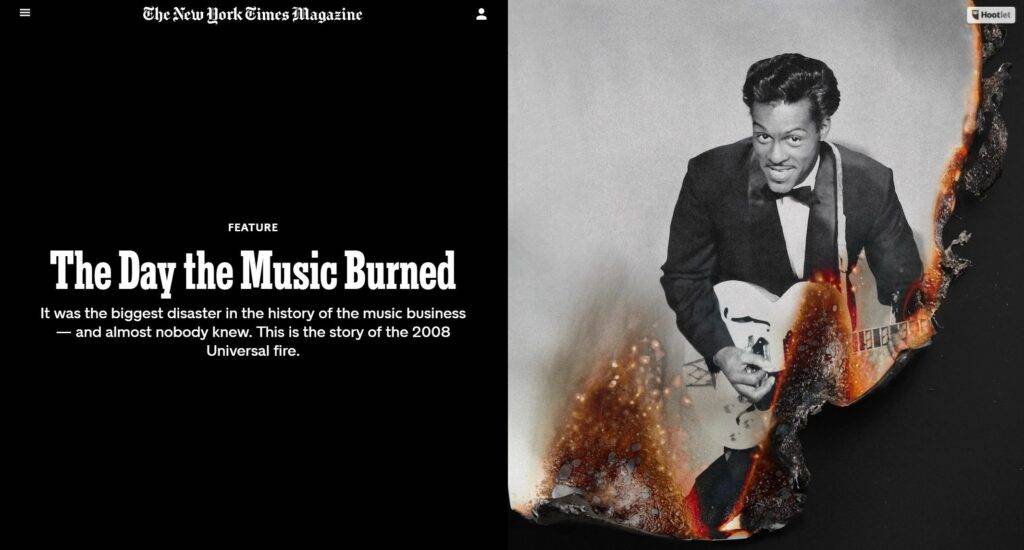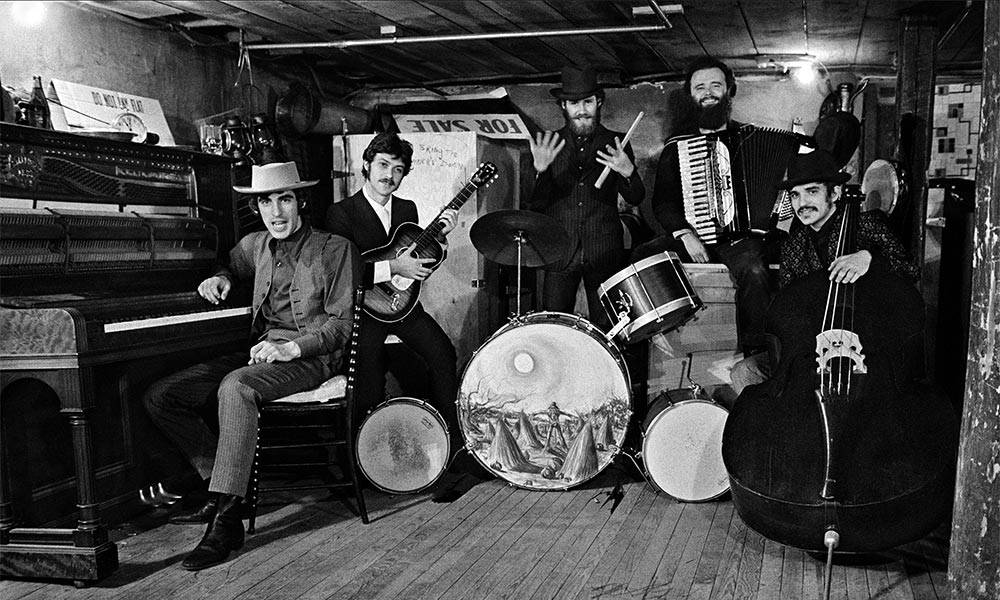
Lux Interior and The Cramps: A Punk Rock Saga
Punk rock, more than any other musical genre, thrives on the visceral experience of live performance. It’s in the sweat-drenched venues, amidst the raw energy and unfiltered emotion, that the true essence of punk is unveiled. Henry Rollins, former frontman of Black Flag and a revered figure in punk circles, is intimately familiar with this truth. With his extensive background in the punk scene, Rollins stands as a credible authority on the genre’s greatest live performers.
Henry Rollins, known for his ferocious stage presence during his tenure with Black Flag, has evolved into a seasoned music enthusiast in his later years. Despite his intimidating persona on stage, Rollins now finds solace in rifling through record store shelves, espousing the brilliance of punk legends like The Clash to anyone who will lend an ear. His journey through the annals of punk history inevitably leads him to reminiscences of his youth spent in Washington D.C., a city teeming with punk vitality.
In the bustling punk landscape of Washington D.C., Henry Rollins found himself immersed in a scene ripe with innovation and intensity. Alongside his close friend Ian MacKaye of Minor Threat and Fugazi fame, Rollins bore witness to the birth of hardcore punk in the nation’s capital. Amidst the cacophony of D.C.’s punk milieu, one band stood out to Rollins with unparalleled allure: The Cramps.
The Cramps, an enigmatic force within the punk realm, defied categorization and carved their own niche in the musical landscape. With their fusion of old-school rockabilly and raw Americana, The Cramps captivated audiences and critics alike. Henry Rollins, echoing the sentiments of many, proclaimed The Cramps as “one of the best live bands ever.” It was their electrifying stage presence and the frenetic energy of frontman Lux Interior that left an indelible mark on Rollins and countless others.
Reflecting on his formative years in D.C., Rollins recalls the allure of witnessing The Cramps perform in intimate venues, where their magnetic charisma and sonic intensity enveloped audiences in a whirlwind of exhilaration and fear. Lux Interior, with his unbridled madness and undeniable genius, embodied the quintessential punk frontman. Rollins vividly recounts his encounters with Interior, describing him as “hairless and oily and cold to the touch,” a testament to the singer’s wild onstage antics and uninhibited persona.
Lux Interior’s onstage theatrics, from deep-throating microphones to shedding layers of clothing, epitomized the essence of punk rebellion. His unabashed embrace of chaos and his primal connection with the audience elevated The Cramps to legendary status within the punk pantheon. For Rollins and countless others, witnessing Lux Interior in his element was nothing short of a religious experience, igniting a passion and fervor that would shape their own artistic trajectories.
The legacy of The Cramps, and the indelible imprint of Lux Interior, reverberates through the annals of punk history. Their influence transcends mere musicality, serving as a beacon of defiance and liberation for generations of punk aficionados. Henry Rollins, with his reverence for The Cramps and their unparalleled live performances, pays homage to a band that epitomized the raw, unadulterated spirit of punk rock.
In a landscape dominated by conformity and commercialization, The Cramps dared to be different, carving out a space for themselves where no rules applied and creativity knew no bounds. Their legacy endures as a testament to the enduring power of punk rock and the transformative impact of live performance. As Henry Rollins aptly declares, “The Cramps – not only are the records amazing, but they’re one of the best live bands ever.” And in the hallowed halls of punk history, their legend lives on.






Responses